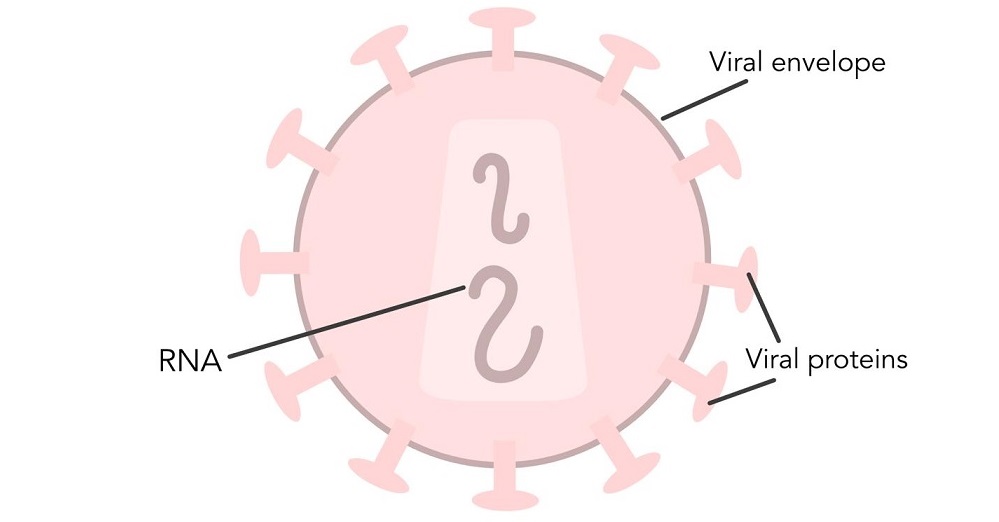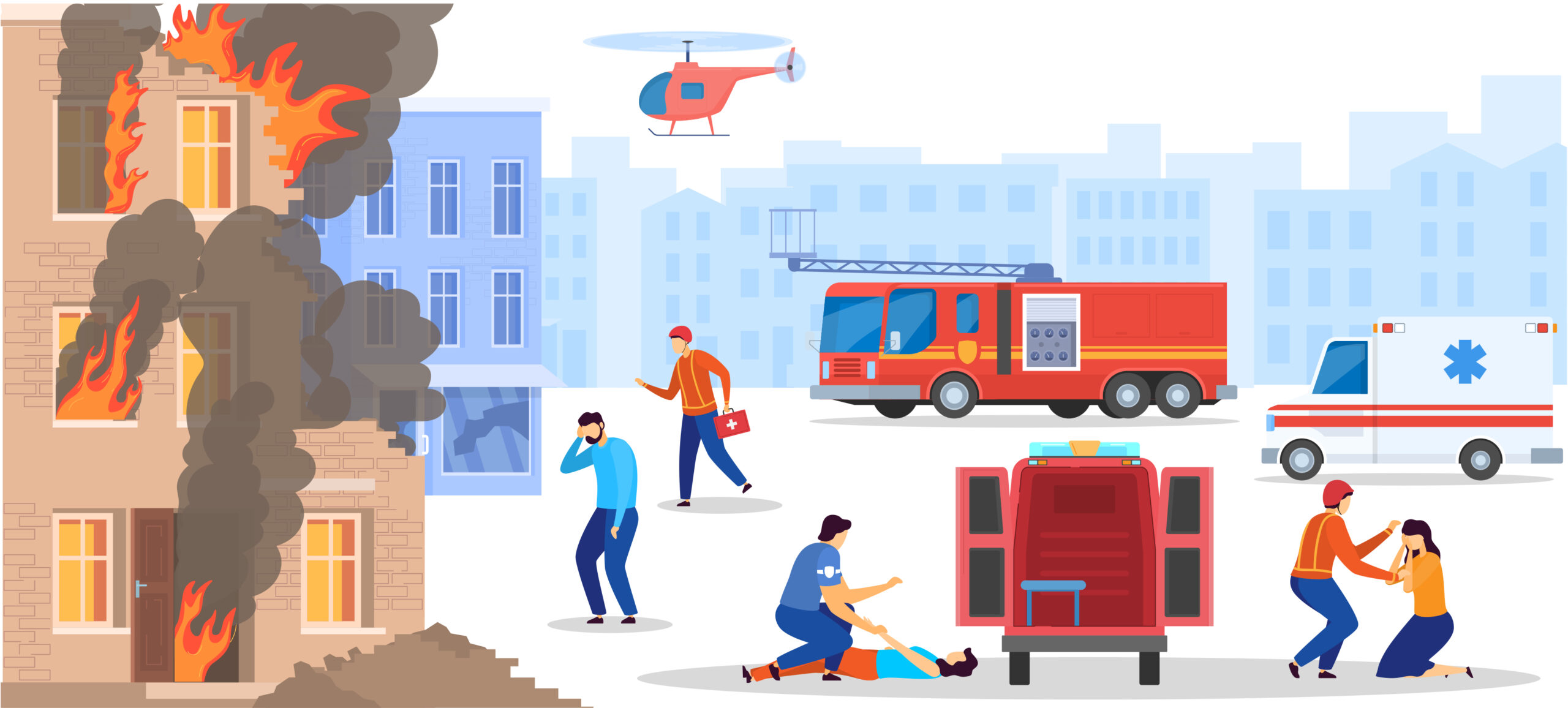Isolation and Infection Precautions
ACLS Certification Association videos have been peer-reviewed for medical accuracy by the ACA medical review board.
Article at a Glance
- Medical clinicians apply standard precautions to each patient they interact with.
- Personal protective equipment (PPE) must be put on and taken off in a specific order.
- Clinicians will learn the required PPE for standard precautions, contact precautions, droplet precautions, and airborne precautions.
There are four levels of isolation precautions.Introduction to PPE
Clinicians apply standard or universal precautions at all times. To stay safe, clinicians should treat every patient as if they may have a transmittable condition. The Center for Disease Control and Prevention (CDC) describes standard precautions as: Clinicians should sanitize their hands before and after patient contact using hand sanitizer. If a clinician’s hand is visibly dirty or contaminated after leaving a patient’s room, or the clinician has been in a room with a patient with C. difficile, they must wash their hands with soap and water.Standard or Universal Precautions
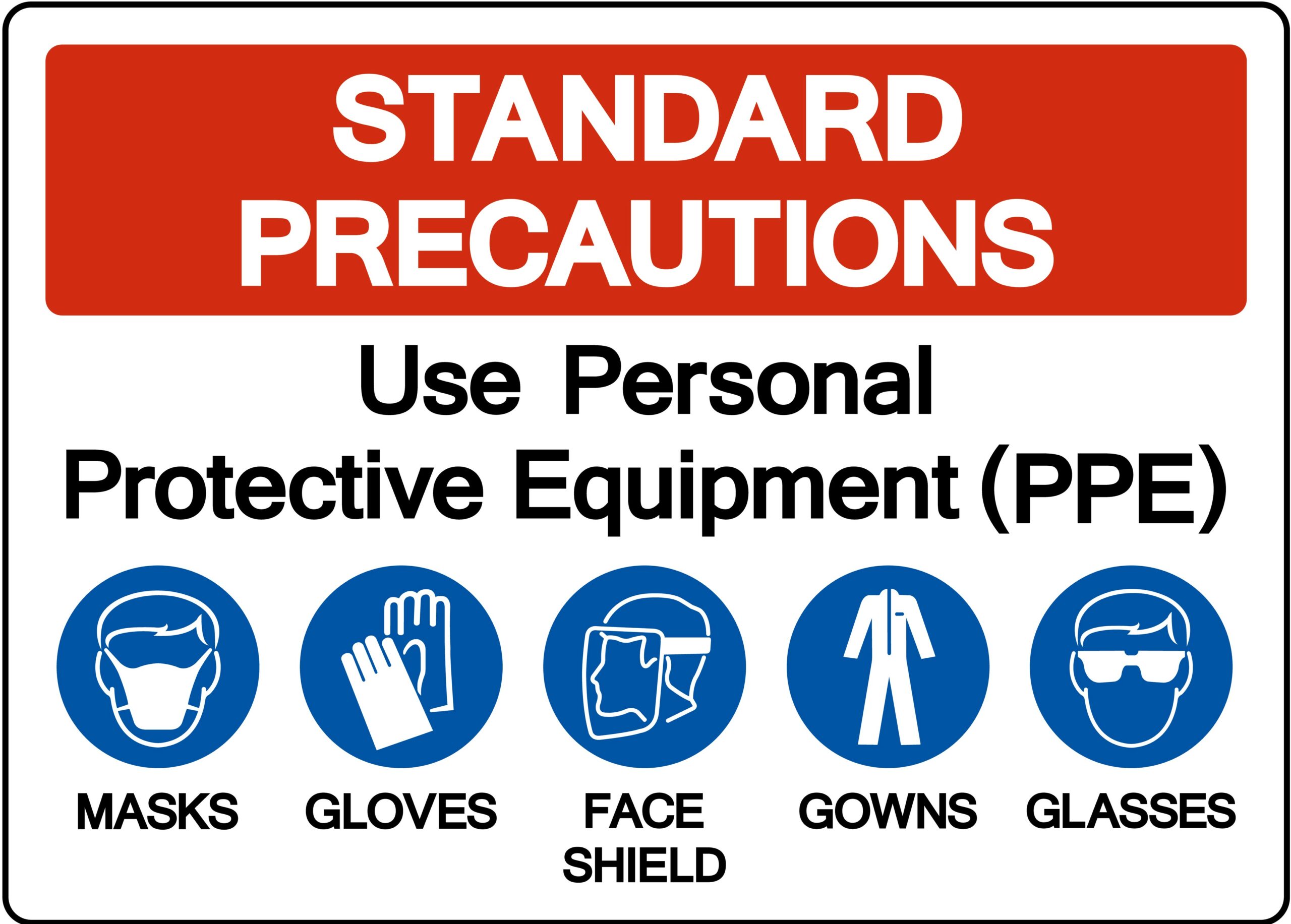
Standard precautions apply to every patient.
Clinicians don’t know if a patient has a bloodborne illness such as HIV or hepatitis. As a result, they put on gloves for every patient they come in contact with. Other forms of PPE such as masks, eye protection, and gowns should be worn when there are risks of body fluids splashing or coming into contact with the clinician’s clothing.
During the Covid-19 pandemic, standard precautions include a mask and eye protection as well as gloves during contact with all patients. An N-95 mask rather than a standard procedure mask should be worn when the patient is undergoing any aerosol-generating procedure if their Covid status is positive or unknown.
Some examples of standard precautions:
- Cleaning medical devices, such as stethoscopes and glucometer machines, after each use.
- Using new needles and syringes each time the clinician punctures a multi dose vial.
- Placing used needles into a sharps container.
Related Video – How to Protect Yourself From Bloodborne Pathogens
Contact precautions are one form of transmission-based or isolation-based precautions. Contact precautions are used when patients carry infectious agents that may transmit through direct or indirect contact (e.g., when the patient has touched something within the environment). Contact precautions include: Clinicians must remember contaminants spread through indirect as well as direct contact. Even if they’re simply changing an IV pump with no chance of patient contact, they still must take all contact precautions. A clinician must have their gloves and gown on to limit pathogen transmission and protect themselves. Precaution signs should be posted outside patient rooms.Contact Precautions
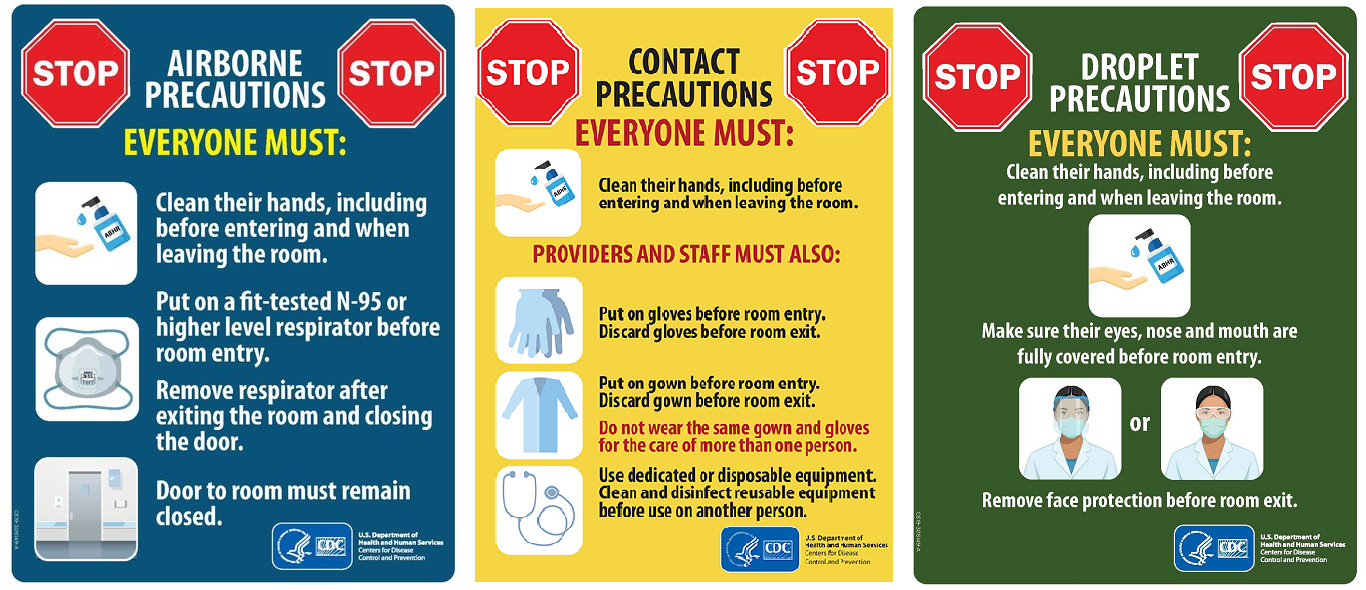
Read: Chest Tubes: Indications, Components, Nursing Assessments, and Care
Droplet precautions are isolation precautions applied to illnesses transmitted via droplets when a patient sneezes, coughs, or talks. Large droplets may travel up to three feet before drying out. Luckily, pathogens don’t survive the drying out process. Droplet precautions are used for pathogens such as: Droplet precautions consist of: Physicians must wear a surgical mask and gloves when performing droplet precautions. The surgical mask PPE is unique to droplet precautions. A gown is not required unless the patient is on other precautions, such as contact. Surgical masks and gloves are required for patients on droplet precautions.Droplet Precautions
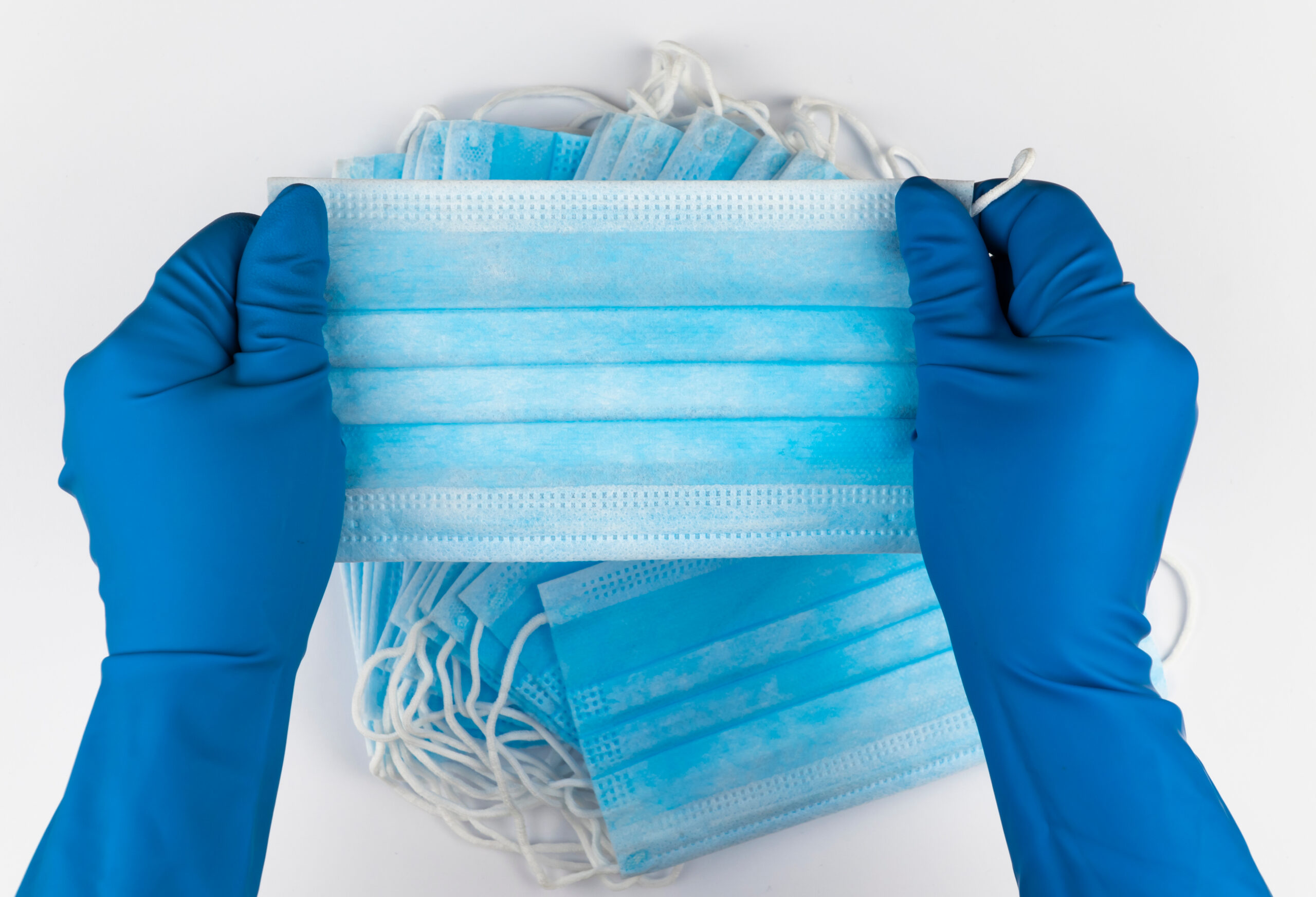
Airborne precautions — transmitted through coughing, sneezing, and talking — differ from droplet precautions because they survive the drying-out process. Clinicians must wear an N95 respirator mask, unique to airborne precautions. Physicians are fit-tested for the N95 respirator mask every year. The patient is placed in a negative pressure room or a room continuously changing out the air within. The door must remain shut. Airborne precautions include such diseases as: Depending on the infectious disease, the patient may be in both airborne isolation and contact isolation. Eye protection may also be required even if there is no risk of body fluid splashes. For example, If a patient is diagnosed with Covid-19, they’re placed in airborne plus contact precautions and clinicians also wear eye protection at all times In summary, the airborne precautions include: An N95 mask is required for patients on airborne precautions.Airborne Precautions
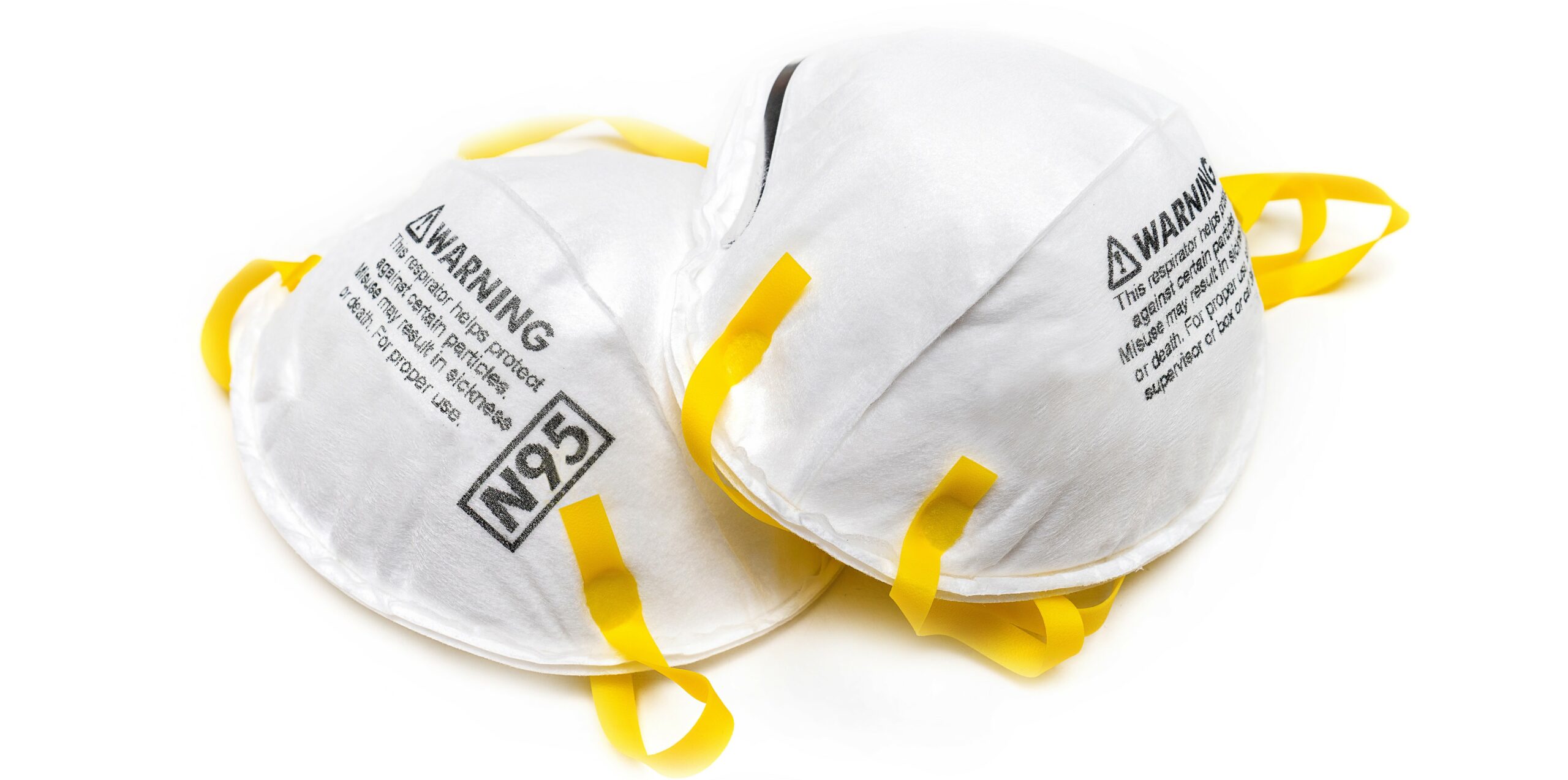
Related Video – How to Properly Remove Gloves and Wash Your Hands
Donning refers to putting on PPE. Clinicians put on PPE “from the bottom up,” holding their hands above their head. The donning order is: Gown 🡪 Mask 🡪 Goggles 🡪 Gloves Doffing is taking off PPE. Clinicians do this in alphabetical order: Gloves 🡪 Goggles 🡪 Gown 🡪 Mask The specific order of donning and doffing personal protective equipment.Order of Donning and Doffing Personal Protective Equipment
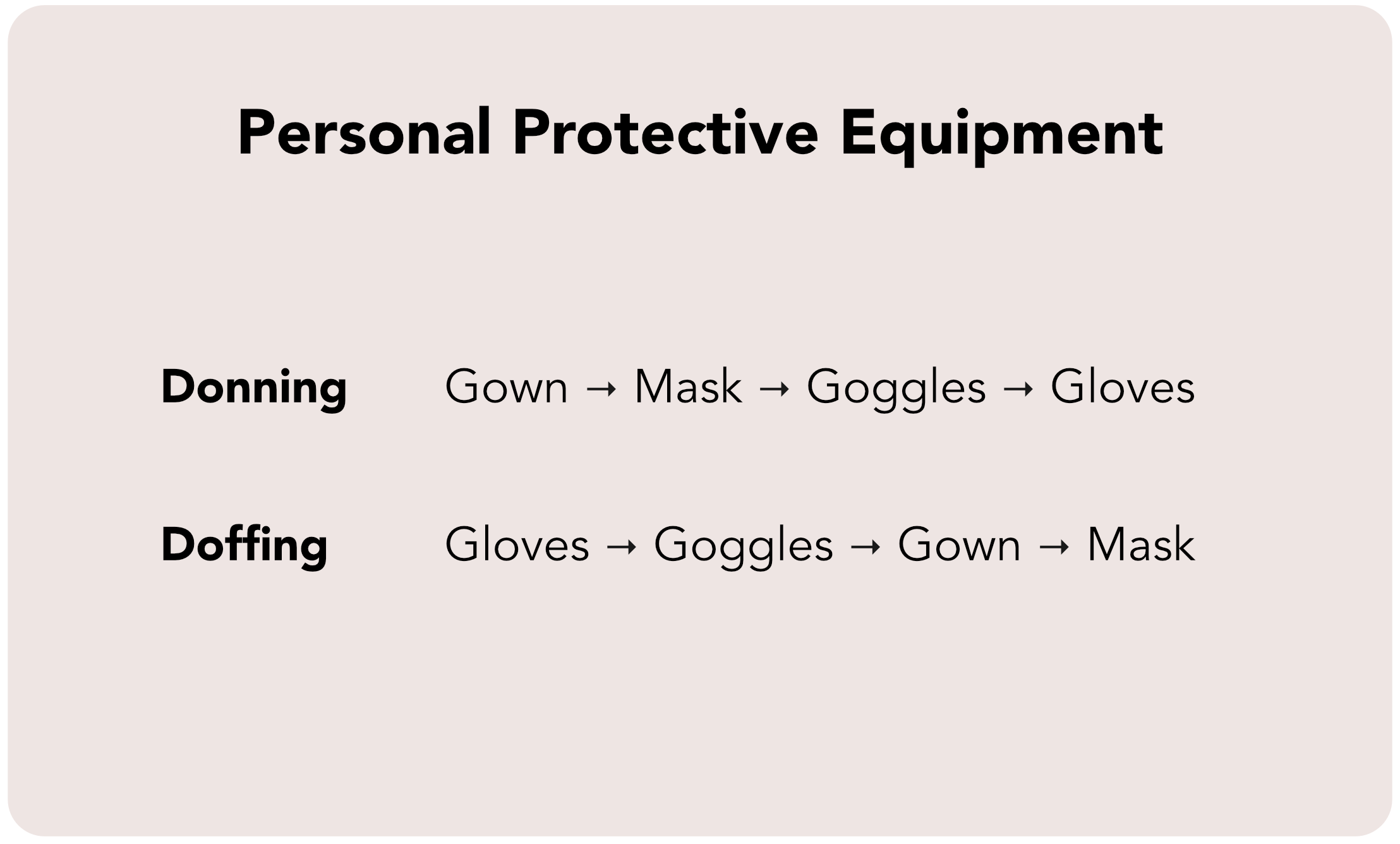
There are different isolation precautions for patients depending on their diagnosis. The different precautions include standard, contact, droplet, and airborne. Clinicians have different PPE and sanitary requirements depending on their patient’s precaution level, and they must don and doff the PPE in the correct order.Summary
More Free Resources to Keep You at Your Best
Editorial Note
ACLS Certification Association (ACA) uses only high-quality medical resources and peer-reviewed studies to support the facts within our articles. Explore our editorial process to learn how our content reflects clinical accuracy and the latest best practices in medicine. As an ACA Authorized Training Center, all content is reviewed for medical accuracy by the ACA Medical Review Board.
